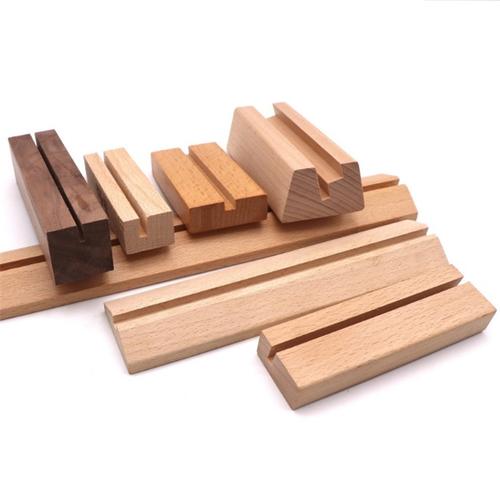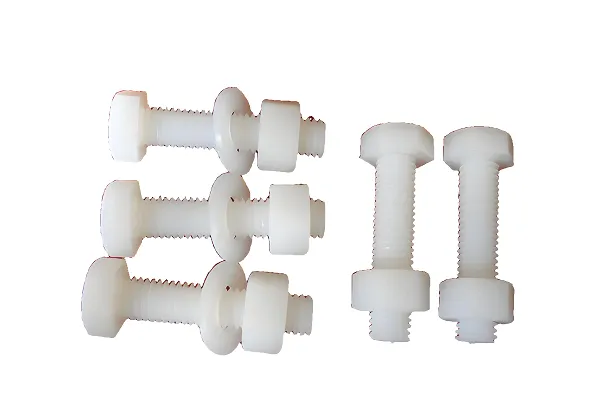
Q1: First, What Even Is a “Custom Wooden Door Sill”? When Do I Need One Instead of a Ready-Made One?
- Your door opening is odd-sized (e.g., old house doors that are 95cm wide, or new rooms with 12cm thick walls).
- You want it to match your floor (e.g., your floor is white oak—ready-made sills are pine, which looks weird next to it).
- Your door is in a tricky spot (e.g., bathroom doorway where water splashes—need a sill that’s extra waterproof, not the flimsy ready-made kind).
Q2: What Kind of Wood Should I Pick for a Custom Door Sill? I Don’t Want It to Rot or Break!
- Wet spots (bathroom, kitchen, entryway): White oak (super waterproof, hard to scratch).
- Dry spots (bedroom, living room): Pine (cheap, matches light floors) or walnut (fancy, matches dark floors).
- Super high-traffic (entryway with kids/pets): White oak or ash (tough, won’t dent easily).
|
Wood Type
|
Best For (Where?)
|
Pros (Why It’s Good)
|
Cons (What to Watch For)
|
|
White Oak
|
Bathroom, kitchen, entryway
|
Doesn’t soak up water; hard to scratch
|
A bit pricier (but worth it for wet spots)
|
|
Pine
|
Bedroom, living room
|
Cheap; light color (matches light floors)
|
Soft—can dent if you drop heavy things
|
|
Walnut
|
Living room, fancy spaces
|
Dark, rich color (looks high-end)
|
Expensive; not great for wet spots
|
|
Ash
|
Entryway (pets/kids)
|
Tough—won’t dent; flexible (no cracks)
|
Not as waterproof as oak (avoid bathrooms)
|
Q3: How Do They Make a Custom Wooden Door Sill? What Steps Happen?
- Measure your door opening (super carefully).
- Cut a piece of your chosen wood to fit.
- Sand it smooth (so you don’t scratch your feet).
- Add a “slope” if needed (so water runs out, not in—great for bathrooms).
- Paint/stain it (to match your floor and keep it from getting ruined).
- Measuring: They’ll measure 3 things:
-
- How wide your door opening is (e.g., 90cm).
-
- How thick your wall is (e.g., 10cm—so the sill sticks out just right, not too far).
-
- How high your floor is (so the sill doesn’t trip you—usually 3-5mm higher than the floor, max).
- Cutting the Wood: They’ll take a big piece of your chosen wood (e.g., white oak) and cut it to the exact size from step 1. They’ll also “notch” it if your door has a hinge (so it fits around the hinge, no gaps).
- Sanding: They’ll rub it with sandpaper (starting rough, then smooth) until there are no splinters—run your hand over it, and it should feel like your phone case (no rough spots).
- Adding a Slope (If Needed): For bathrooms/kitchens, they’ll sand a tiny slope (like 1°) so water runs out of the room, not in. No slope = water sits on the sill and rots it.
- Finishing: They’ll paint or stain it to match your floor. For wet spots, they’ll add 2-3 coats of “waterproof finish” (like polyurethane)—this is the stuff that keeps water from soaking into the wood.
Q4: How Do You Install a Custom Wooden Door Sill? Will It Be a Hassle?
- Clean the Area: They’ll sweep out dust/dirt from the bottom of the door opening—no gunk under the sill (or it’ll wobble).
- Put Down Glue: They’ll spread a thin layer of “construction glue” (the sticky stuff that holds wood to concrete/floor) on the floor where the sill goes.
- Set the Sill: They’ll lay the sill down, then use a “level” (the tool with a bubble) to make sure it’s straight—no tilting (tilting = water sits on one side, or you trip).
- Secure It: If the floor is concrete (like entryways), they might drill small screws into the sill (to hold it tight). If it’s wood floors, just glue is enough (screws would scratch the floor).
- Fill Gaps: If there’s a tiny gap between the sill and wall, they’ll fill it with “caulk” (the flexible white stuff)—stops wind/dust from getting in.
Q5: How Do I Keep My Custom Wooden Door Sill From Getting Ruined? Maintenance Tips?
- Wipe Up Spills Right Away: Especially in bathrooms/kitchens—water sitting on the sill will make it rot. Keep a towel near the door if you splash water.
- Clean It Gently: Use a damp cloth and a little dish soap (no harsh cleaners like bleach—they’ll strip the finish). Wipe it once a week (or when it’s dirty).
- Touch Up the Finish Once a Year: If the sill looks dull, or water soaks into it (instead of beading up), grab a small can of “waterproof finish” (same as the maker used) and brush on 1 thin coat. Let it dry 4 hours—good as new.
- Fix Small Scratches: If your pet scratches the sill, rub a little “wood stain” (matching your sill color) on the scratch with a cotton swab. Let it dry—you’ll barely see the scratch.
Q6: What Are the Dumbest Mistakes People Make With Custom Wooden Door Sills? How to Avoid Them?
- Mistake 1: Picking the Wrong Wood for Wet Spots
-
- What Happens: Someone picks pine for a bathroom sill—3 months later, it’s soft and moldy.
-
- Fix: Always pick oak for wet spots (bathroom/kitchen/entryway). Tell the maker: “This is for a wet area—give me the most waterproof wood you have.”
- Mistake 2: Not Asking for a Slope in Wet Areas
-
- What Happens: No slope = water sits on the sill, rots it from the bottom.
-
- Fix: When you order the custom sill, say: “Can you add a small slope so water runs out?” It’s free extra work, and saves you from replacing the sill later.
- Mistake 3: Installing It Yourself (If You Don’t Know How)
-
- What Happens: I tried installing a sill myself once—got the measurements wrong, and it was too short. Had to order a new one, wasted $50.
-
- Fix: Hire a pro! It costs (50-)100 for installation, but you won’t mess it up (and waste money on a new sill).
Final Thoughts: Custom Wooden Door Sills Are Worth It
- Pick the right wood for your space (oak for wet, pine for dry).
- Hire a pro to measure/install (avoids mistakes).
- Wipe up spills and touch up the finish once a year.






